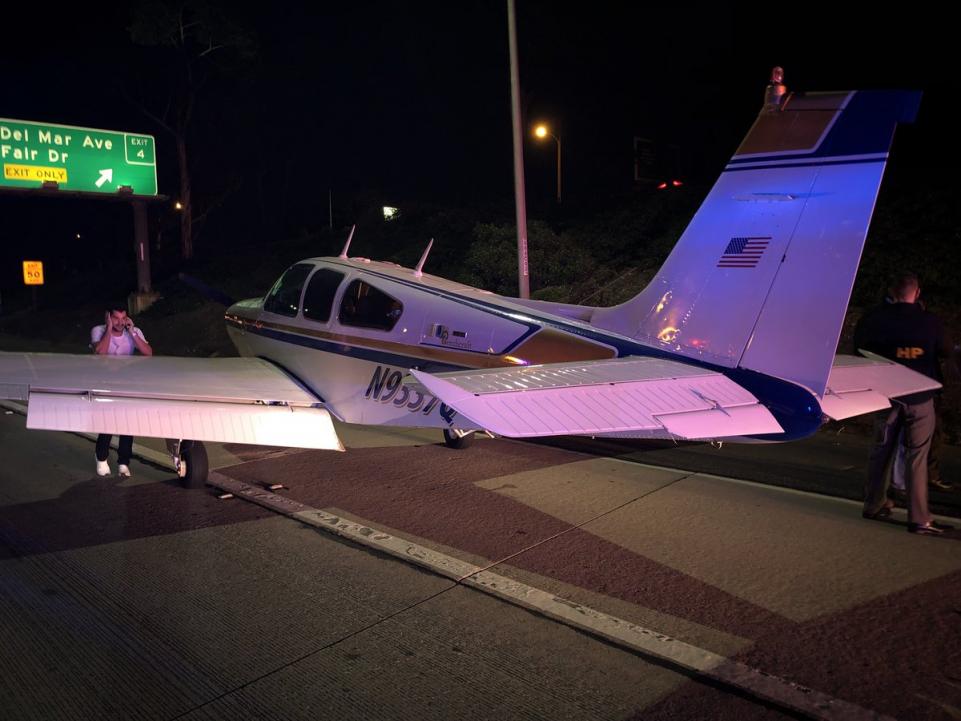Ah, fall is finally here. In Texas, it arrived about a month late, but showed up with a vengeance. A strong cold front caused a 40 degree temperature drop in 12 hours earlier this week, bringing rain, lower freezing levels, and lots of wind.
Fall means cooler temps, but fall also means less light. The sun begins to set sooner, plus the fall back time change in November cause darkness to spring upon an unaware pilot.
Before getting in to too many night landings tips, just a friendly reminder, passengers can only be carried at night if the PIC has completed 3 takeoffs and landings to a full stop in the last 90 days during the time period of 1 hour after sunset to 1 hour before sunrise.
Lots of us have been landing long before sunset for most of the past couple of months, so those night flying skills might be a little rusty. The best way to remedy night flying rustiness? Call an instructor and go get some practice.
In the meantime, here are some tips as to what to expect for your next night flying experience.
- Your Eyes Are Very Important. This may seem like an obvious statement, but night vision can be affected by many things. Before you takeoff, you want to make sure you can see in the dark. The FAA recommends no bright lights 30 minutes prior to takeoff. They also recommend using oxygen at night as this greatly improves night vision, even at low altitudes. Use off center viewing to help spot traffic or other objects in the air. Finally, when preflighting, use a red flashlight as much as possible, but if you do have to use a white light, close one eye to keep one eye from being blinded.
- Utilize Approach Lights on Landing. Night landings are very different then day landings. It is very difficult to get the proper depth perception, not too mention see obstacles below you on your final approach to a runway. PAPI’s, VASI’s, and instrument approach glide slope’s become very important. If you are VFR only pilot, if your airport has a PAPI or a VASI, keep 2 white and 2 red (or 1 white and 1 red) lights. If you see 3 red (or 2 red), climb. If you see 4 red, definitely climb. If you are an IFR pilot, I highly recommend always flying an approach at night. What if your airport doesn’t have a PAPI, VASI, or approach with a glide slope? You might not want to utilize it at night. One side note on VFR flight: Clouds are nearly invisible at night. If you do fly into a cloud (a clue is your strobe lights start reflecting back at you), don’t panic. If you have an autopilot, turn it on and execute a 180 degree level turn. If you don’t have an autopilot, start scanning your instruments, keep your attitude indicator blue side up, and make a shallow 180 degree while maintaining altitude. Then call ATC, advise them what happened, and ask for help. One more note: I highly recommend that if a pilot finds that he/she will fly at night at lot, get an instrument rating and fly IFR at night. It’s much safer.
- Practice Landings Before Carrying Passengers. The tendency when landing at night is to level off too high before flaring, causing the airplane to bleed off speed and energy too high above the runway. This can lead to a stall, a hard landing, and/or too high of a pitch attitude at touch down causing a tail strike. A good tip is start your level off when you can see the tire marks on the runway. Make sure you practice night landings, preferably with an experienced instructor who is night current and proficient, before carrying any passengers on board, even if you are night current, but haven’t landed at night in a while.
- Night Emergencies. For engine failures at night, you are very limited on options. Unless you have a Cirrus equipped with a CAPS parachute system, you really have two options if an airport isn’t within gliding distance. Find a wide, lighted road that appears to be lightly trafficked. A word of caution, though: be careful of light poles, fences, concrete medians, cars, and buildings. The LA freeway would not be a good option (though there are exceptions to this rule as is evidenced by the picture below). The second option is find a dark spot and pray it’s a field (or the Hudson River). As you get closer, you can turn your landing light on to see what the ground looks like. If it looks good, keep the light on and continue. If you don’t like what you see, turn your landing light off and continue….
Flying at night can be the best time of day to fly. It’s usually smoother, cooler, and you get to see all the city lights. It is a very different environment, however, so make sure to get some training before darkness settles in on your next trip.


